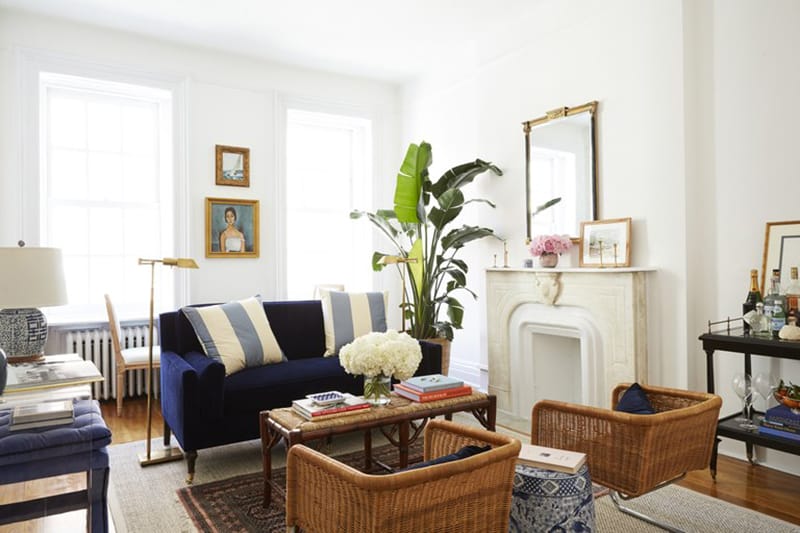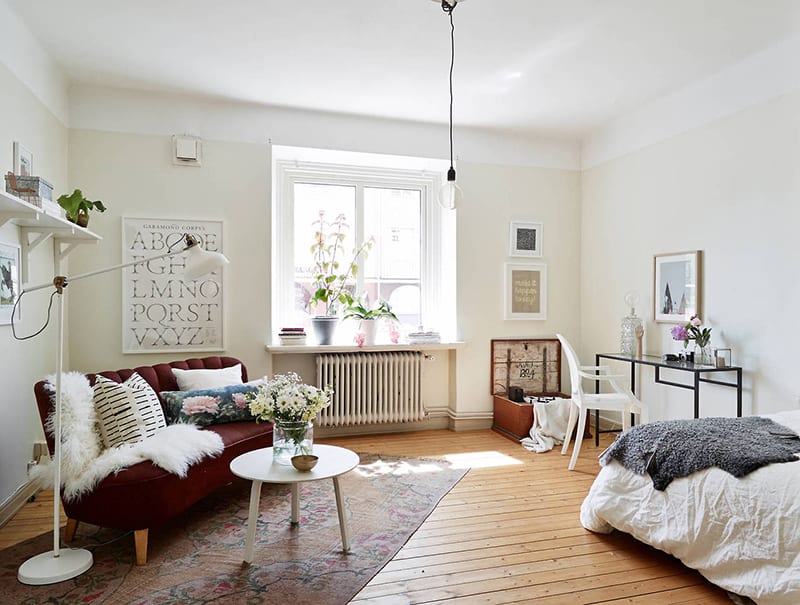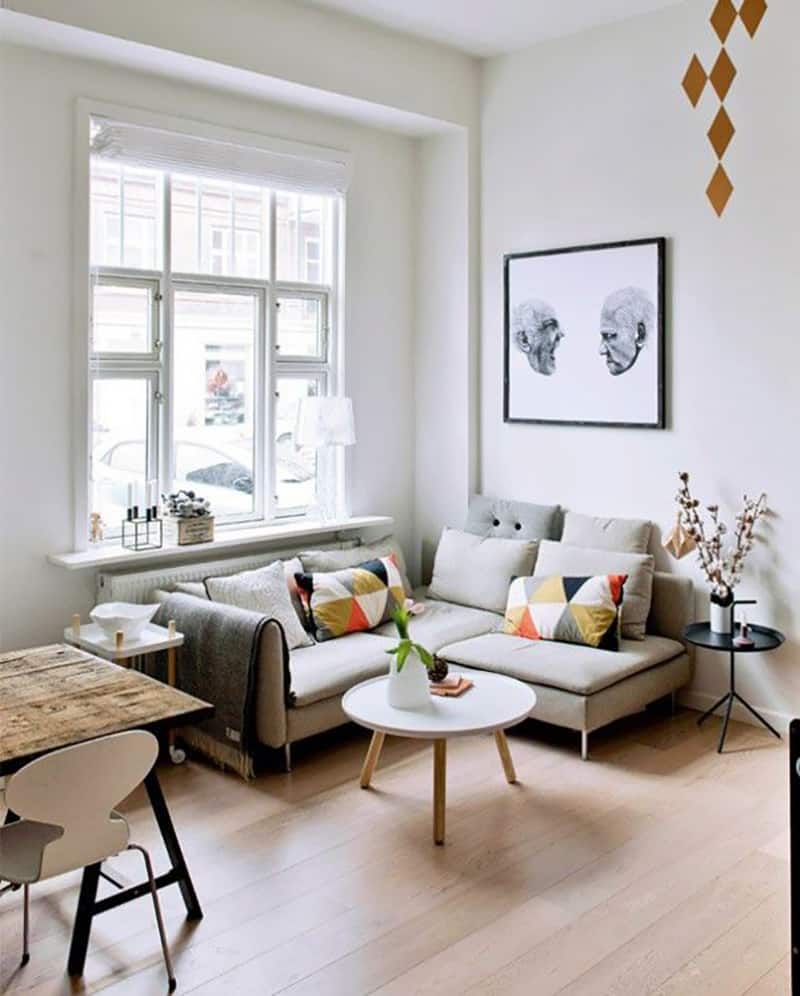No matter whether you have recently moved into a new home or rental or wish to put your property on the market and sell it nice and quickly, it’s always good if you can make small rooms in your home look and feel much bigger. It will help you enjoy using the space more and ensure it’s more appealing to guests and potential buyers.
Happily, there are a variety of ways you can make rooms appear larger without spending thousands of dollars knocking down walls, extending your home or otherwise going to a lot of effort. Mostly, it comes down to your interior design choices. Read on for some top tips you can follow over the coming weeks and months to fool the eyes and make a less-than-ideal-sized space seem bigger and better.
[photo source]Declutter Your Junk
First up, get rid of all the junk which might be taking up room unnecessarily. When a space is small, you need to be ruthless about what stays and remove possessions until only the most important items are left. If there’s anything in the area you wouldn’t buy again if you were starting over, or which you haven’t used or enjoyed lately, sell it, give it away or recycle it, depending on its condition.
Be careful not to clutter the walls of a small room. While you might think this doesn’t matter much, if you have too many shelves, photographs, artworks, hangings and the like, they will be competing for visual attention and will end up making the room feel busier and more crowded.
[photo source]Use the Right Furniture
Of course, decorating a small room successfully comes down to the furniture you use. Pick your furnishings carefully and keep things as simple as possible. Usually you’ll find that it’s better to avoid using lots of different small pieces. Instead, choose just a few larger items to arrange in the space. If you’re worried about putting big furniture together, utilize a service that specializes in this, such as these Denver furniture assembly contractors
When choosing pieces for a small space, it also pays to match some or all of your furniture to the color on the walls. At a minimum, stick to the same shade family. This will help everything blend together a little more, which in turn will make the room seem more spacious. In addition, leave as much of the floor visible as you can, and just generally have open space in the room. This will make it feel bigger.
As you shop for furniture items, it’s also wise to consider choosing pieces made from Lucite or glass. Today, clear products are fashionable, which is a bonus, but they also provide the benefit of taking up less visual space in a room.
[photo source]Stick With Neutral, Light Colors
When choosing the color palette to use in an area that’s smaller than you’d like, always stick with neutral, light colors. While darker hues have appeal for many reasons, they work best in large spaces where you want to give a feeling of coziness. In small rooms, you want to create the optical illusion that there’s more space than there is, so you need to go with light tones. Bright whites, soft creams, barely-there grays and other neutral colors reflect light and make rooms feel airy and more open.
Extend the use of light hues through to your floors as well as walls and furniture. Another trick is to have your wall trims and moldings painted in a hue that is a bit lighter than the shade on the walls. The idea of this is that is makes the walls seem further back than they actually are. This contributes to a feeling of spaciousness.
[photo source]Add as Much Light as You Can
Lastly, remember that the more light there is in a room, the larger it will seem. As such, find ways to let in as much natural light as you can. If needed, add in extra windows or a skylight, and when it comes to drapes or blinds over your windows, avoid dark, heavy options that will close the space up. Sheer drapes or roman blinds in the same color or similar to the walls is best.




